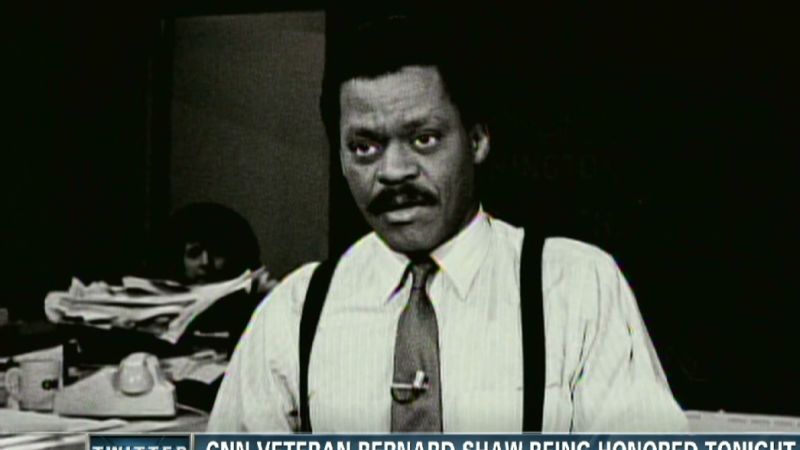War and the Press: Propaganda, Political Activity, and Covert Operations
War and the Press: Propaganda, Political Activity, and Covert Operations
The media is a powerful tool that journalists can use to affect major controversies and draw the attention of governments globally. Media has been used by governments to work in their favor, and journalists have used their platforms to expose corruption and wrongdoing by governments, but it is a common understanding that the press has an immense power when it comes to war or maintaining peace.
Media is such an indicator of the nation’s political climate to the government that the “Washington Post front page test” is often referenced in government decision-making. When a movement or action the government takes is receiving good press or attention, the test has been passed. It is clear that because information can be shared across the world in a matter of minutes, the government has had to adapt to the kinds of information they chose to classify and at what level of classification, especially during wartime or unrest, depending on the topic’s level of sensitivity and threat to national security.
In the past, the United States used propaganda and media to their advantage in 1980 Poland, when the Labor Union, Solidarity, emerged as a movement of opposition to the reigning communist regime. While the U.S. has still not officially acknowledged this operation as ours, much evidence points towards our nation’s hand in supporting this movement in the name of democracy. The United States’ aim to support democracy around the world and policy goals to fund this mission, the situation in Poland “provided an excellent basis for communication between Solidarity and the United States Government.”
Covert operations were organized through middle-men to maintain secrecy of the operation. By covert engagement in political activity and propaganda in Poland through financial support, Solidarity was able to gain a following and more support from people in Poland, and even met the Washington Post front page test. The reactions Solidarity was receiving in the papers was a direct correlation to the movement’s success, and it was all through the government’s influence on the media.
While this example gives a take from the government’s perspective on using media to its advantage during times of unrest, it is the duty of a journalist to use media to hold those in power accountable for their actions and their responsibilities to serve the public.
The Line Between Protection and Prosecution
There is an extremely complex line between who receives First Amendment Protection and why, that all of these examples raise. Should Snowden have been protected by the First Amendment because he was calling the public’s attention towards, what he saw, as government wrongdoing? He does not because he was a leaker and not a whistleblower. There were avenues Snowden could have taken that would have known how to safeguard the information he obtained and leaked with people handling the situation who had the proper clearance to be read-in to the situation. Charged with committing espionage, it was a risk Snowden was willing to take. However, Snowden was no journalist and the information he leaked put U.S. national security at risk.
Or so the U.S. government says.
Isn’t that the point of protection of political speech? To call out the government when we see fit?



Comments
Post a Comment